Many solutions have been devised over the years to assist drivers and passengers with getting in and out of their vehicles. From transfer plates to seat adjustments, or more bespoke solutions, we are on hand to talk through your options with you.
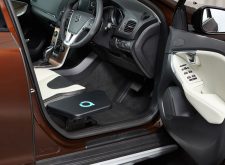 Vehicle transfer plates (Tip-up plates)
Vehicle transfer plates (Tip-up plates)
Vehicle transfer plates (otherwise known as tip-up plates) provide a smooth, frictionless surface to allow easy transfer onto a car seat. The plate bridges the gap between the car seat and the edge of the doorsill that people with limited mobility can find difficult to clear.
Both mechanical and electric versions are available – and the plates can be fitted on either the driver side or the passenger side.
Grab handles
Many people are not aware that grab handles can be fitted in their vehicle providing a simple vehicle transfer solution where there are no natural grab points for support. These products can be extremely helpful for anyone who has difficulty getting in and out of the car.
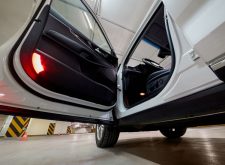 Door widening
Door widening
Drivers or passengers with stiff or prosthetic legs may need more room to swing them inside the car, due to the fact that they have more difficulty in bending them – particularly if bulky door pockets are getting in the way. Adjusting the doors so they open a few inches wider can make all the difference to your vehicle transfer needs. Widening the doors may not be possible for all vehicles, but it is it can offer a great solution to this problem.
Seat adjustments
If the position of the driver or passenger front seat is making it difficult to access to the vehicle, we can raise or lower the height of the seat to a fixed position. If leg-room is restricted we can extend the seat runners, allowing more space for vehicle transfer.
Seat adjustments are tailored to each client individually, so we ask our customers to attend the vehicle at the point of adaptation to assess their requirements.
Bespoke solutions tailored to your needs
We pride ourselves on our ability to engineer bespoke solutions to resolve complex problems. If you’ve previously been told something can’t be done, please contact us to discuss your requirements so we can look at your options with you.

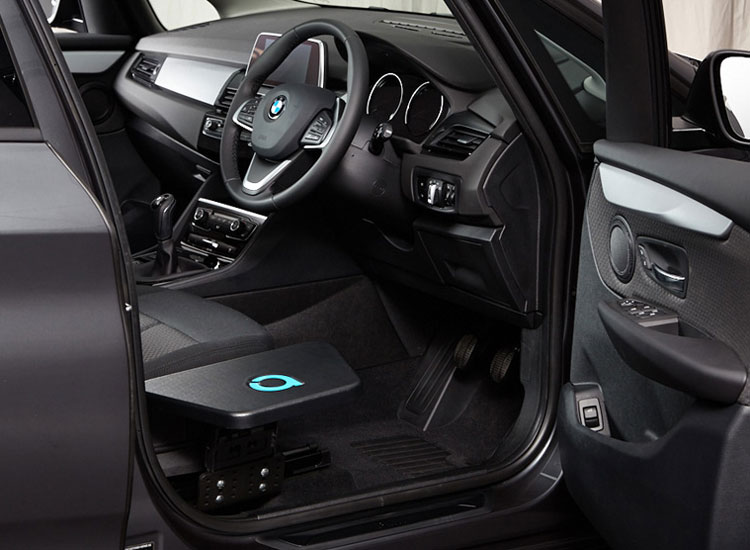
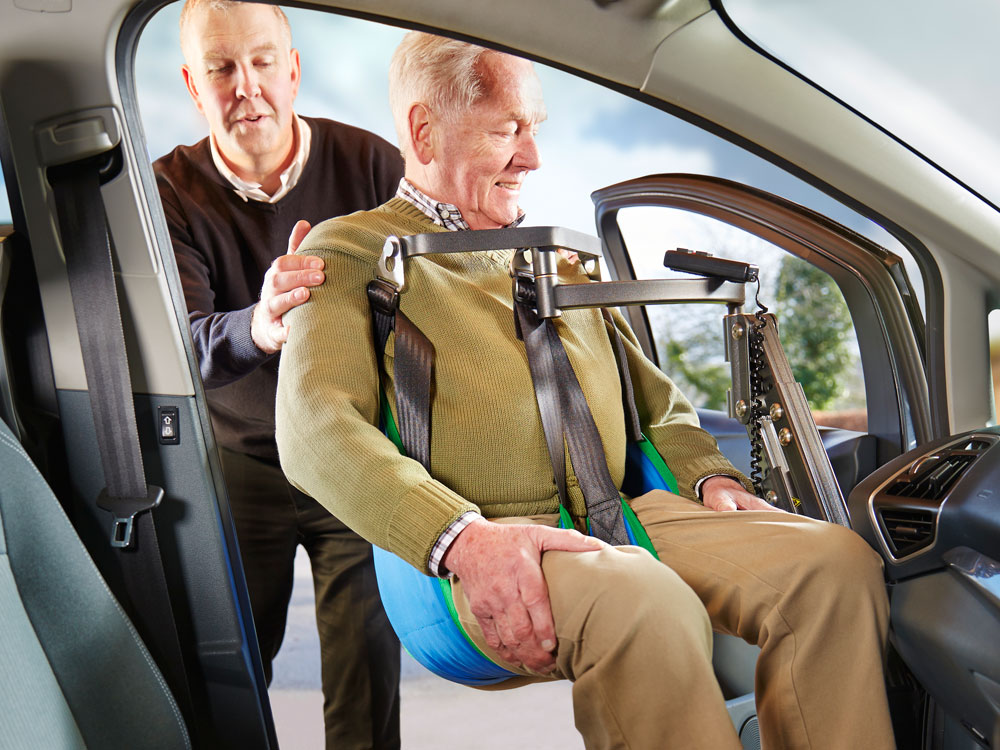
 Hoists – helping with the heavy lifting
Hoists – helping with the heavy lifting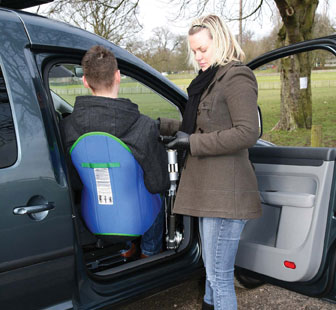 Adult and child hoists
Adult and child hoists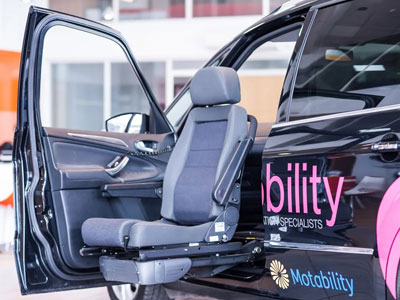
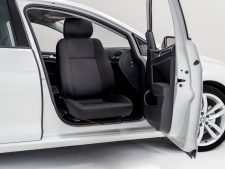
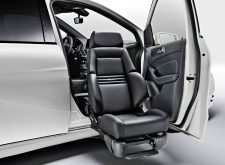
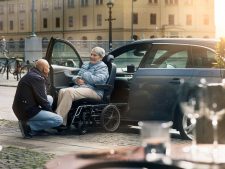
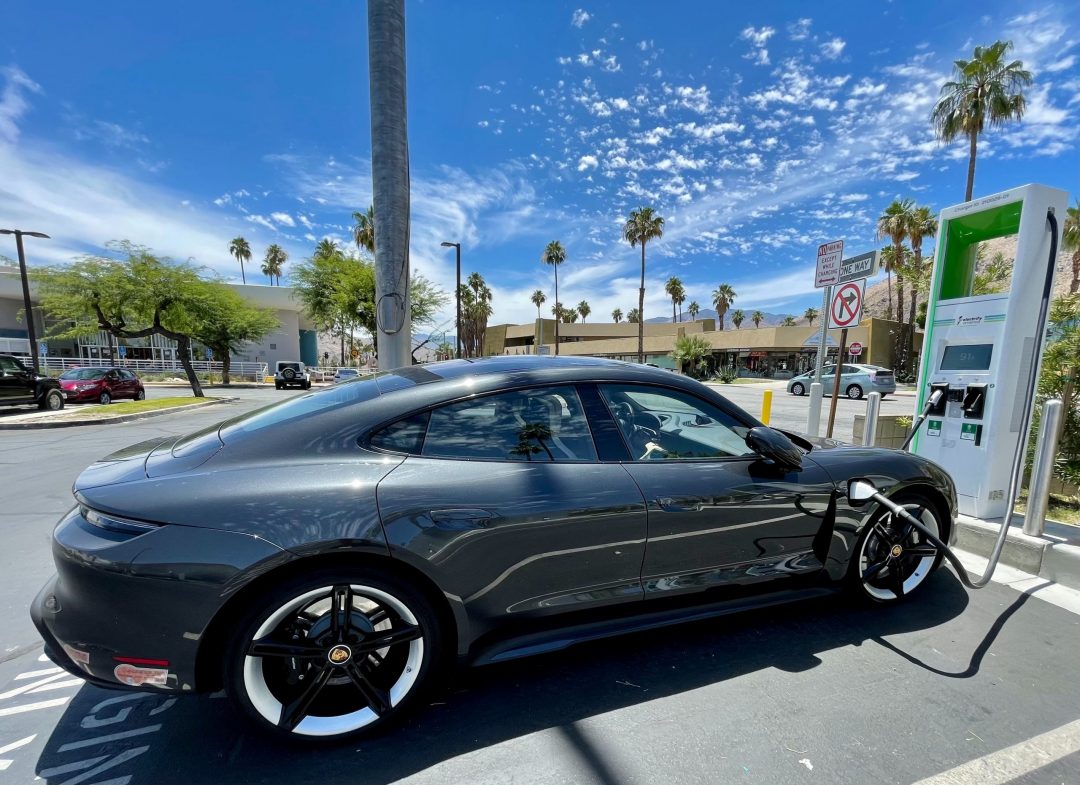
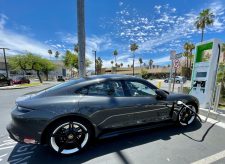 One of the most important aspects of adult independence is being able to get around by yourself. Whether you’re going to work, meeting a friend, or simply going to the shop to choose your own groceries, being able to drive can be an essential part of this. It’s especially important for those who live in rural areas, who may struggle to access public transportation, or for those with disabilities, who might find it difficult to use buses or trains.
One of the most important aspects of adult independence is being able to get around by yourself. Whether you’re going to work, meeting a friend, or simply going to the shop to choose your own groceries, being able to drive can be an essential part of this. It’s especially important for those who live in rural areas, who may struggle to access public transportation, or for those with disabilities, who might find it difficult to use buses or trains.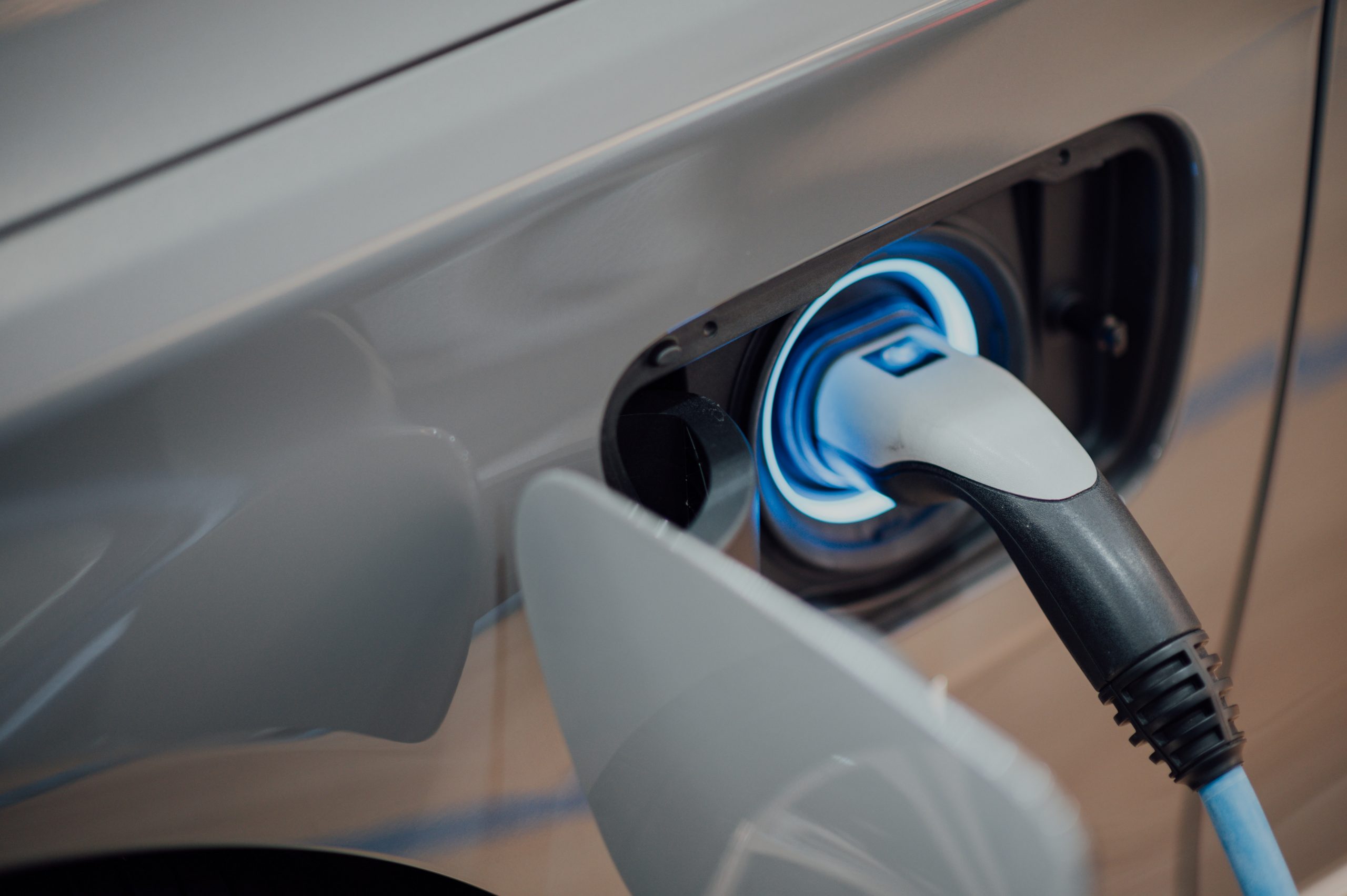
 Possibility for adaptions
Possibility for adaptions